On a recent fact-finding trip through Montana for The Institute, we noticed a rather odd occurrence. We had sent our tame Geologist on a mission to discover whether or not there was any gold left in Montana. He was to locate, then find, any gold deposits that may still be available to people that didn’t have any so they could go up there and get some. Thereby making their lives better because they had become filthy, stinking rich. They would, the new filthy, stinking rich people, then give The Institute a large percentage of the total value of the find, making us Filthy, Stinking rich too. We saw it as a win, win situation. Plus a nice thing to do for the general public.
Well imagine the output of our salivary glands when these photos began downloading into the central information receiving center’s photo receiving and downloading machine here at The Institute. We were stunned and amazed, some of us were even GobSmacked, that was our Brit contingent, they use words like that all over the place. Sometimes you can’t even understand them. But never the less we were surprised.
We debated about telling anyone about this find, preferring to keep this motherlode for ourselves so that we could become even more filthy, stinking rich than we already were, but then we decided that as it was on public land, and in a national park (Glacier) and right next to the road they would find out about it anyway, so we decided to look like heroes and disclose the find to the general public.
This is a nugget about 60′ long 40′ wide and 40′ deep which is slightly longer than a semi-trailer and a lot wider and frankly we were surprised no one had hauled it off by now. That’s a lot of gold sitting there. Our resident metallurgists figure that there is well over 800 maybe 850 dollars of gold sitting there right out in the open just for the taking. That isn’t cheese whiz laying there that ‘s gold.
Were we to, say, bring this nugget back here to The Institute, we would have to string a couple of our empty tuff sheds together to put this thing in to keep it out of the weather and away from prying eyes of whoever may be checking us out. We might even have to build a barn or something to put that thing in and you know how expensive it is to build anything up in the mountains now days so we’re still debating on whether we want to borrow our friend Jim’s flatbed and go get it or not.
Anyway that’s our problem. Yours is to figure out if you want to go up there and get any of that gold that’s just laying around next to the street, as it were. You might check gold prices before you get all excited though. The last time we looked, gold was at 30- 35 bucks a pound, which make the cost efficiency of dealing with it problematic. But if you’re out of gold and need some, it’s up there. But then maybe you think being filthy, stinking rich is too much bother,
A lot of people do. We’ve done our part the rest is up to you. Good luck.


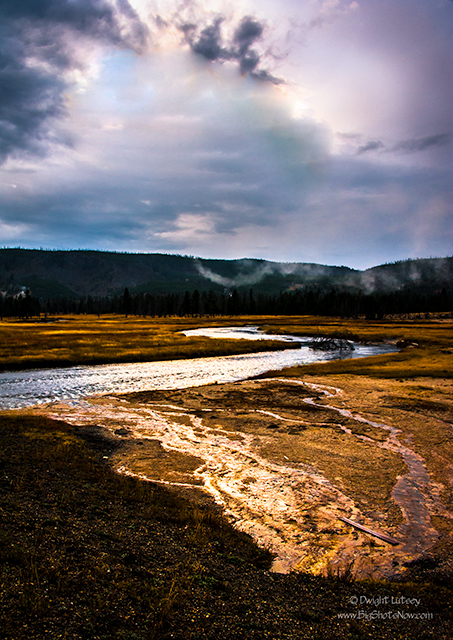
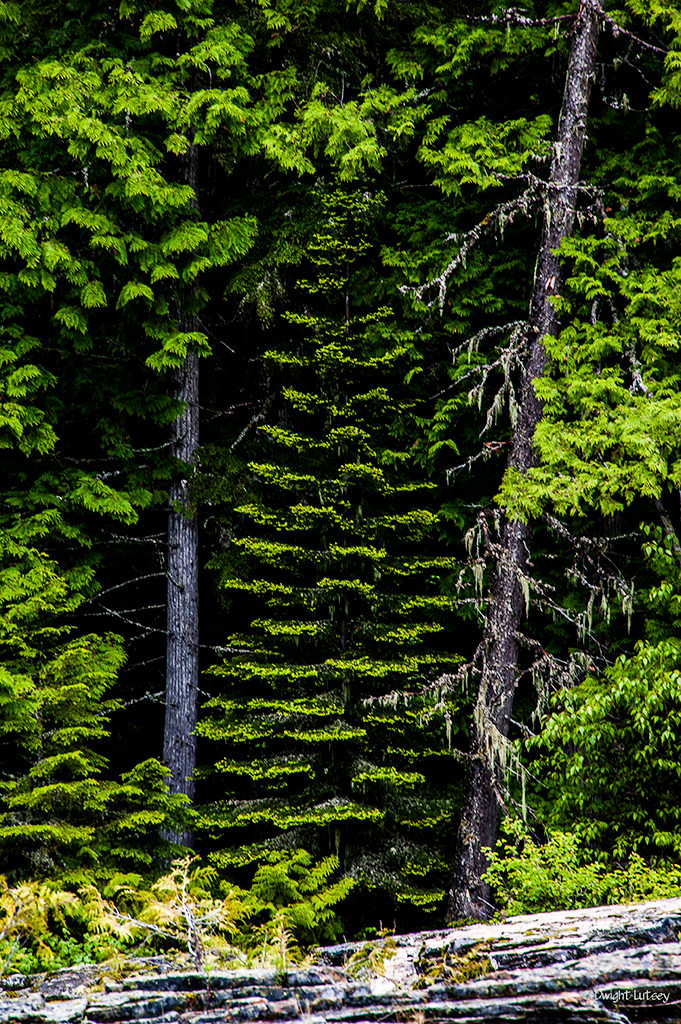




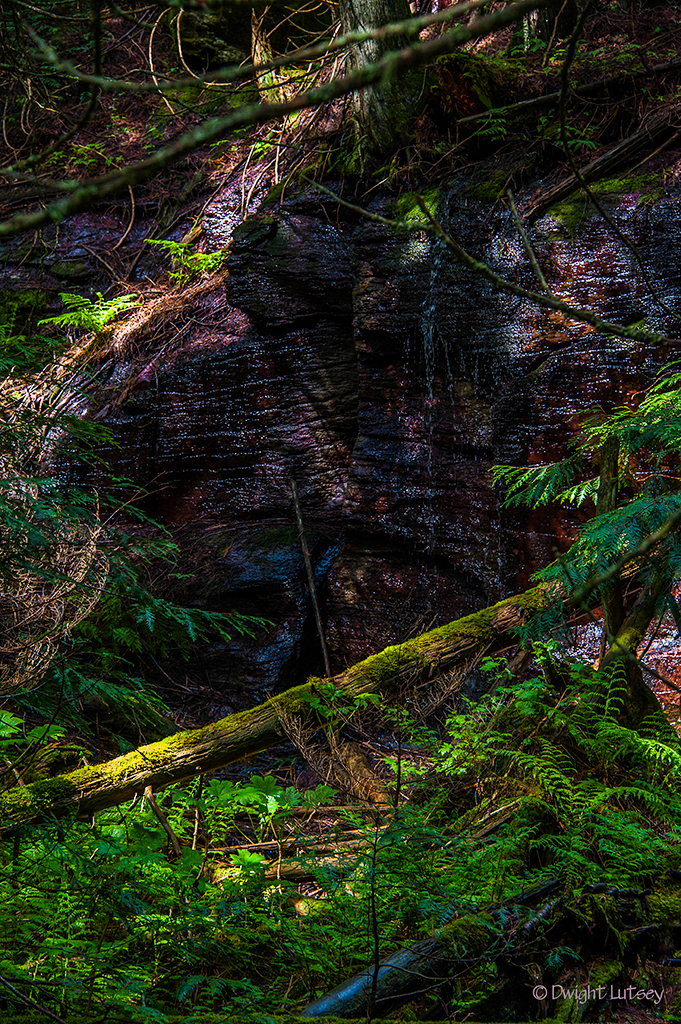
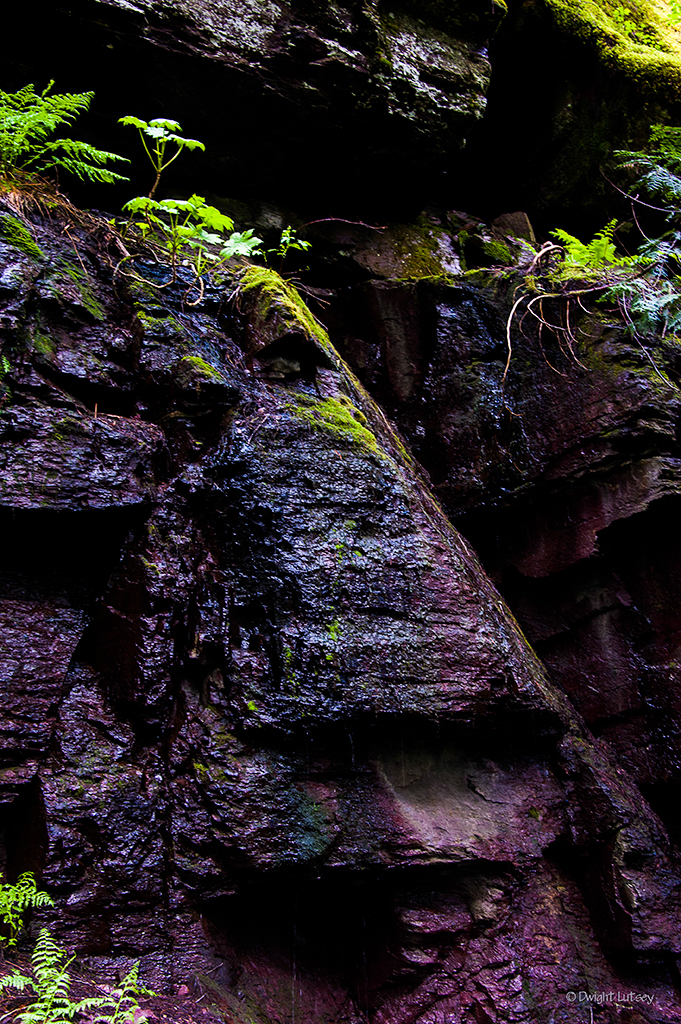
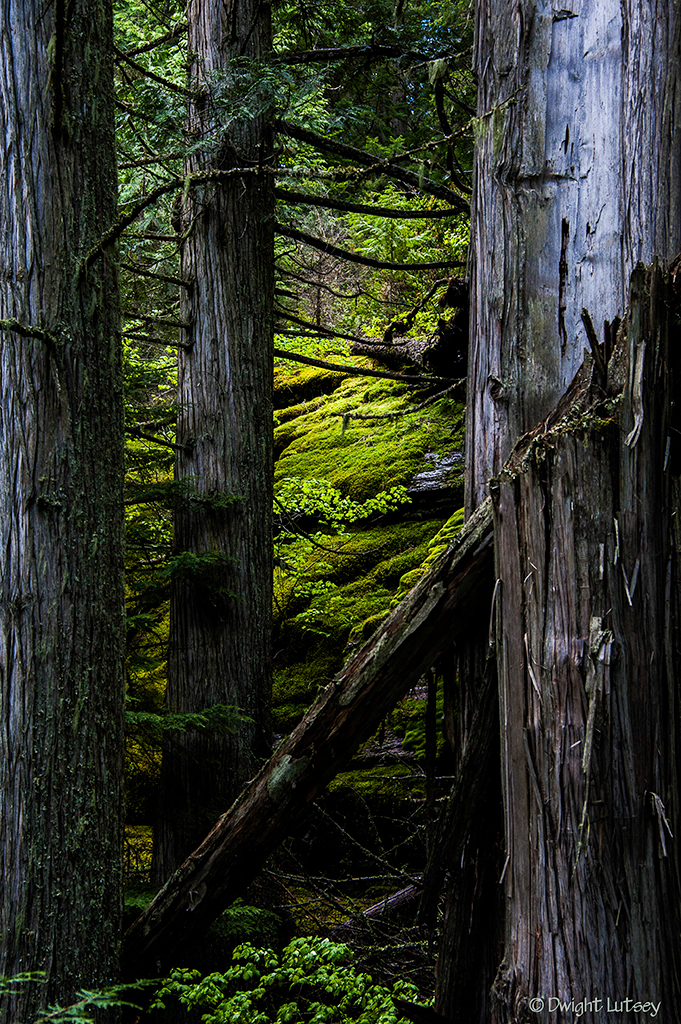
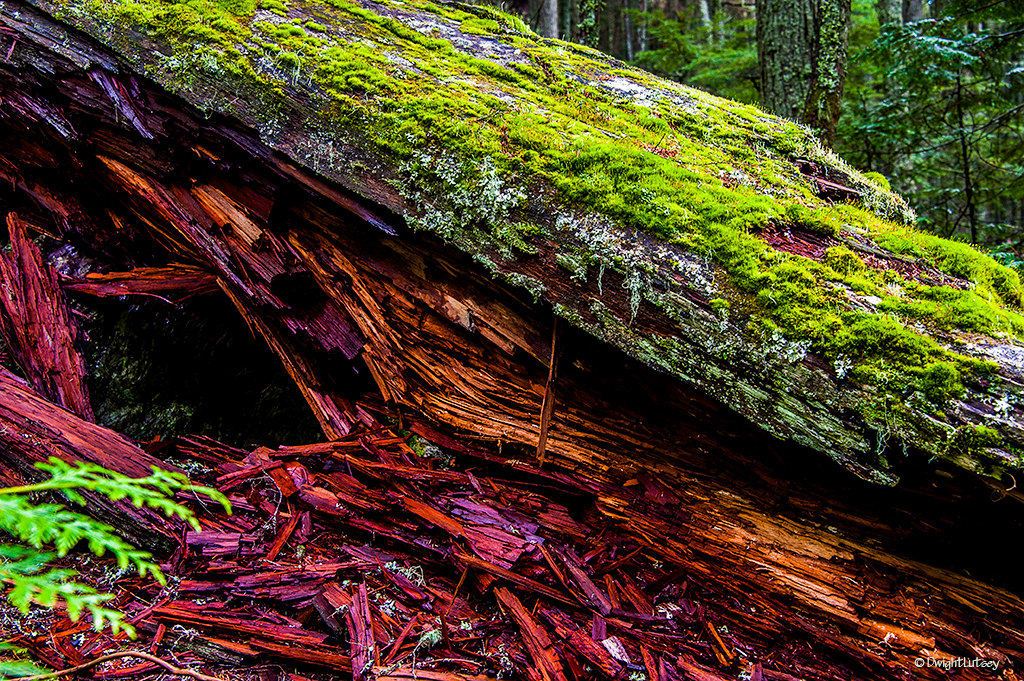
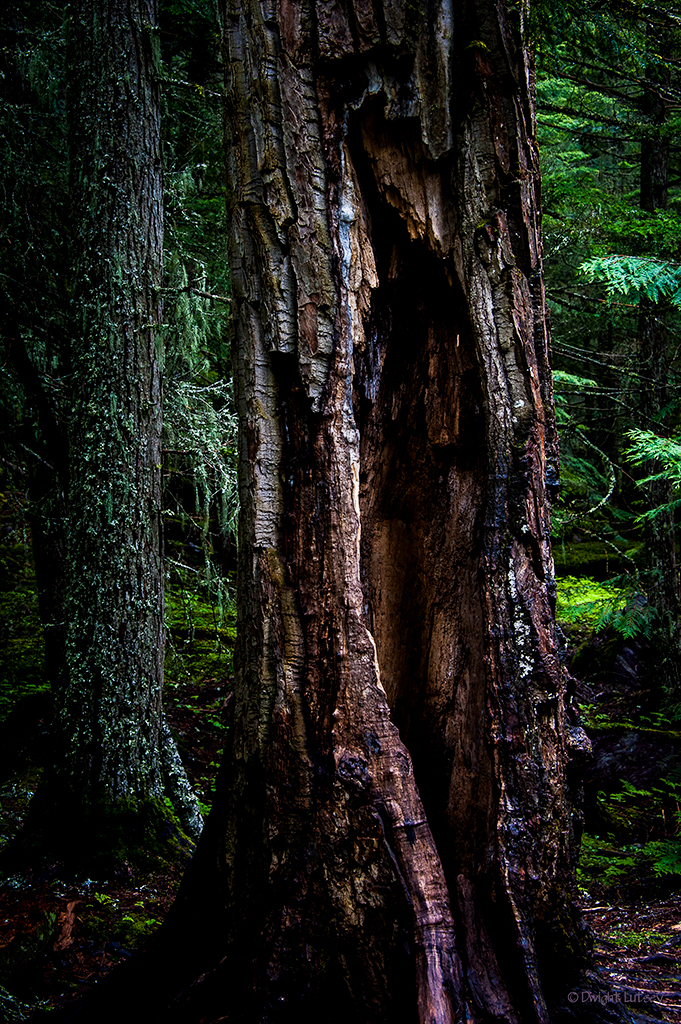
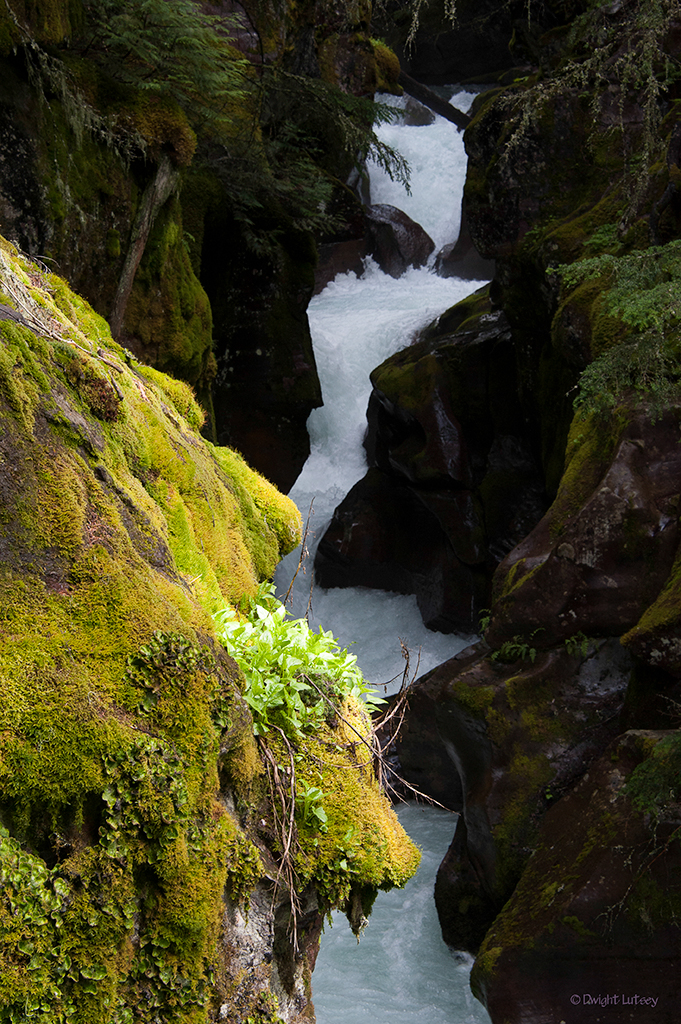
You must be logged in to post a comment.